| Description |
- Connects devices with DVI output to devices with VGA input
- Converts digital DVI signals to analog VGA signals
- Allows older VGA-compatible monitors or projectors to be used with newer DVI-equipped computers or devices
- Typically used for displaying video or graphics from a computer to a monitor, projector, or TV
- Provides a simple and cost-effective solution for compatibility between different types of video connections
|
- Signal Distribution: Splits RF signal into multiple outputs.
- Ports: Coaxial for easy integration.
- Multiple Outputs: Connect to TVs, monitors, VCRs.
- Optional Amplification: Ensures signal strength.
- Compatibility: Works with various devices.
- User-Friendly: Easy setup and operation.
|
- Connector Type: BNC (Bayonet Neill-Concelman) for secure connections.
- Construction: Coaxial cable with BNC connectors.
- Shielding: Multiple layers to minimize interference.
- Impedance: Typically 75 ohms for standard video applications.
- Compatibility: Compatible with cameras, monitors, DVRs, etc.
- Applications: Used in surveillance, broadcast, and professional AV setups.
|
- Signal Conversion: BNC to HDMI
- Compatibility: Legacy to Modern Displays
- Resolution Support: SD, HD, and 4K
- Audio Integration: Some Models
- Easy Installation: Plug-and-Play
- Use Cases: Surveillance, Broadcast
- Signal Quality: Maintained with High-Quality Cables
|
- Data Transmission: Supports speeds up to 1 Gbps, ideal for most home and small business networks.
- Twisted Pair Design: Minimizes crosstalk and interference for reliable data transfer.
- Compatibility: Backward compatible with Cat5 while offering improved performance.
- Flexible and Durable: Easy to install and suitable for various networking setups.
- Applications: Connects computers, printers, routers, and other devices in LANs.
- Color Coding: Available in various colors for easy organization in networking installations.
- Affordability: Provides reliable performance at a reasonable price point.
- Standards Compliance: Meets TIA/EIA specifications for Cat5e cabling standards.
|
- Signal Conversion: Mini HDMI to HDMI
- Compatibility: Mini HDMI Devices to HDMI Displays
- Resolution Support: SD, HD, 4K
- Audio and Video Transmission
- Compact and Lightweight Design
- Plug-and-Play Functionality
- Versatile Usage
|
| Content | A DVI to VGA cable serves as a bridge between devices utilizing different video output standards, specifically Digital Visual Interface (DVI) and Video Graphics Array (VGA). DVI is a digital interface commonly found on modern computers, laptops, and other multimedia devices, while VGA is an analog interface that has been prevalent in older monitors, projectors, and displays.
This cable facilitates the connection of a device equipped with a DVI output port to a display or peripheral device featuring a VGA input port. It effectively translates the digital signals outputted by the DVI port into analog signals compatible with VGA input, ensuring seamless compatibility between the two devices.
Typically, the DVI end of the cable plugs into the DVI output port of the source device, such as a computer or DVD player, while the VGA end connects to the VGA input port of the display device, such as a monitor or projector. Once connected, the cable enables the transmission of video signals from the source device to the display device, allowing users to view images, videos, presentations, and other visual content.
This cable is particularly useful in scenarios where users need to connect newer devices with DVI outputs to older displays or projectors that only support VGA input. By providing a straightforward and reliable means of conversion between digital and analog video signals, it eliminates the need for complex adapters or converters, streamlining the setup process and ensuring compatibility without sacrificing video quality.
Furthermore, DVI to VGA cables are often used in various applications, including business presentations, educational settings, home entertainment systems, and professional audiovisual setups. Whether you're connecting a laptop to a classroom projector, a desktop computer to a legacy monitor, or a multimedia player to a TV screen, this cable offers a practical and cost-effective solution for achieving interoperability between different video standards.
In summary, a DVI to VGA cable serves as a versatile and essential tool for connecting devices with disparate video output standards, enabling seamless integration and compatibility in a wide range of multimedia setups and environments. |
RF Modulator Splitters
- Signal Distribution: These splitters divide a single RF signal into multiple outputs, allowing simultaneous connection to multiple devices.
- Input and Output Ports: Equipped with coaxial ports for easy integration into existing audiovisual setups.
- Multiple Outputs: Enables connection to several devices like TVs, monitors, or VCRs, expanding connectivity options.
- Amplification (Optional): Some models feature built-in amplifiers to ensure consistent signal strength across all outputs.
- Compatibility: Works with various audiovisual devices supporting RF signals, providing flexibility in setup.
- User-Friendly: Easy setup and operation, suitable for users with minimal technical knowledge.
Benefits:
- Expanded Connectivity: Connect multiple devices to a single RF signal source, eliminating the need for multiple modulators.
- Cost-Effective: Offers a budget-friendly alternative to purchasing individual modulators for each device.
- Space-Saving Design: Consolidates connections, reducing cable clutter and optimizing space.
- Versatile Use: Ideal for home entertainment systems, surveillance setups, or commercial applications.
RF modulator splitters provide a convenient solution for distributing RF signals to multiple devices simultaneously, offering simplicity, compatibility, and versatility in audiovisual setups.
|
- Connector Type: BNC (Bayonet Neill-Concelman) connectors are commonly used in video applications due to their secure locking mechanism, which ensures a stable connection and minimizes signal loss.
- Construction: BNC video cables typically consist of a coaxial cable with BNC connectors at each end. The coaxial design helps maintain signal integrity by reducing electromagnetic interference.
- Shielding: These cables often feature multiple layers of shielding, including foil and braided shielding, to protect against external interference and ensure high-quality video transmission.
- Impedance: BNC video cables usually have a characteristic impedance of 75 ohms, which is standard for most video applications.
- Compatibility: BNC video cables are widely compatible with various video equipment such as cameras, monitors, DVRs (Digital Video Recorders), and video switchers commonly used in surveillance systems, broadcast studios, and professional AV setups.
- Applications: BNC video cables are commonly used in security and surveillance systems for connecting CCTV cameras to monitors or DVRs. They are also used in professional audiovisual setups for transmitting video signals between different components of a system, such as cameras, video mixers, and displays
|
BNC-to-HDMI adapters are connectors designed to convert BNC (Bayonet Neill-Concelman) video signals to HDMI (High Definition Multimedia Interface) signals. Here's a description of their features:
- Signal Conversion: BNC-to-HDMI adapters allow devices with BNC outputs, such as surveillance cameras or professional video equipment, to connect to devices with HDMI inputs, such as modern TVs, monitors, or projectors.
- Compatibility: These adapters bridge the gap between legacy BNC video equipment and modern HDMI displays, enabling seamless connectivity between different types of devices.
- Resolution Support: BNC-to-HDMI adapters typically support various resolutions, including standard definition (SD), high definition (HD), and even some higher resolutions like 4K, depending on the adapter's capabilities.
- Audio Integration: Some BNC-to-HDMI adapters also support audio transmission, allowing both video and audio signals to be converted and transmitted through the HDMI connection.
- Construction: These adapters are constructed with durable materials to ensure reliable signal transmission and longevity.
- Easy Installation: They are typically plug-and-play devices, requiring no additional drivers or software installation. Users can simply connect the BNC end to the device's BNC output and the HDMI end to the HDMI input of the target device.
- Use Cases: BNC-to-HDMI adapters are commonly used in surveillance systems, broadcast studios, and other professional video setups where older BNC equipment needs to be integrated with modern HDMI displays.
- Signal Quality: While adapters themselves do not affect signal quality, it's essential to ensure that the cables used with the adapters are of high quality to maintain signal integrity during transmission.
Overall, BNC-to-HDMI adapters provide a convenient solution for integrating legacy BNC video equipment with modern HDMI displays, offering compatibility and flexibility in various audiovisual setups.
| Cat5e Ethernet cables are twisted pair cables primarily used for networking. Here's a brief description of their features:
- Data Transmission: Cat5e cables are capable of transmitting data at speeds up to 1000 Mbps (1 Gbps) over short distances, making them suitable for most home and small business networks.
- Twisted Pair Design: They feature twisted pairs of copper wires, which helps reduce crosstalk and electromagnetic interference, ensuring reliable data transmission.
- Compatibility: Cat5e cables are backward compatible with older networking standards like Cat5, but they offer improved performance and support higher data transfer rates.
- Flexible and Durable: These cables are flexible and easy to install, suitable for various networking setups. They come in different lengths to accommodate different distances.
- Applications: Cat5e cables are commonly used to connect computers, printers, routers, switches, and other networking devices within a local area network (LAN).
- Color Coding: They typically come in various colors, with the most common being blue, gray, and white. Color coding helps with cable management and organization in networking installations.
- Affordability: Cat5e cables are cost-effective solutions for most Ethernet networking needs. They provide reliable performance at a reasonable price point.
- Standards Compliance: Cat5e cables meet the specifications defined by the Telecommunications Industry Association (TIA) and the Electronic Industries Alliance (EIA) for Cat5e cabling standards.
|
Mini HDMI-to-HDMI adapters are connectors used to convert Mini HDMI signals to standard HDMI signals, allowing devices with Mini HDMI outputs to connect to HDMI displays, monitors, or TVs. Here's a description of their features:
- Signal Conversion: These adapters convert Mini HDMI signals, commonly found on cameras, camcorders, or tablets, to standard HDMI signals, enabling compatibility with HDMI displays, monitors, or TVs.
- Compatibility: Mini HDMI-to-HDMI adapters are compatible with devices that have Mini HDMI outputs, including digital cameras, camcorders, or portable devices. They can connect to HDMI displays, monitors, or TVs from various manufacturers.
- Resolution Support: These adapters support various resolutions, including standard definition (SD), high definition (HD), and even some higher resolutions like 4K, depending on the capabilities of the connected devices.
- Audio and Video: Mini HDMI-to-HDMI adapters transmit both audio and video signals, allowing users to enjoy high-definition multimedia content on compatible HDMI displays or monitors.
- Construction: These adapters are typically compact and lightweight, making them easy to carry and use. They may feature durable materials and gold-plated connectors for reliable signal transmission and longevity.
- Plug-and-Play: Mini HDMI-to-HDMI adapters are generally plug-and-play devices, requiring no additional drivers or software installation. Users can simply plug one end of the adapter into the Mini HDMI output of their device and the other end into the HDMI input of their display.
- Versatility: Mini HDMI-to-HDMI adapters are versatile and can be used for various applications, including connecting cameras or camcorders to TVs or monitors for viewing photos or videos, streaming content from tablets to TVs, or extending desktop setups to larger displays.
Overall, Mini HDMI-to-HDMI adapters offer a convenient and reliable solution for connecting devices with Mini HDMI outputs to HDMI displays or monitors, enabling seamless audio and video transmission for a wide range of applications.
|
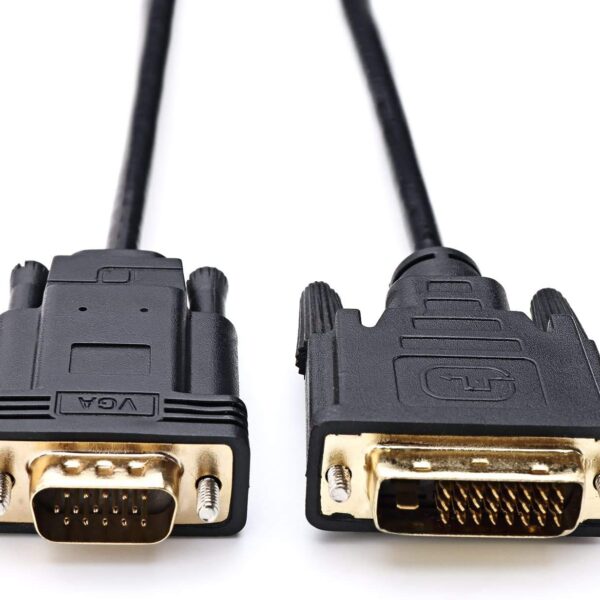
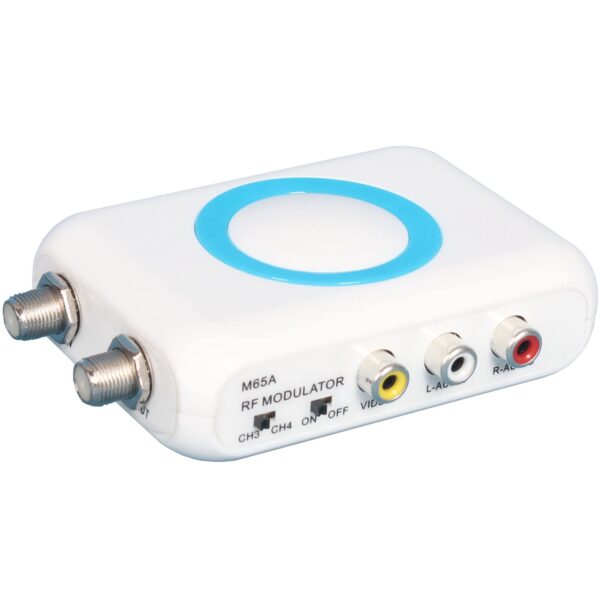
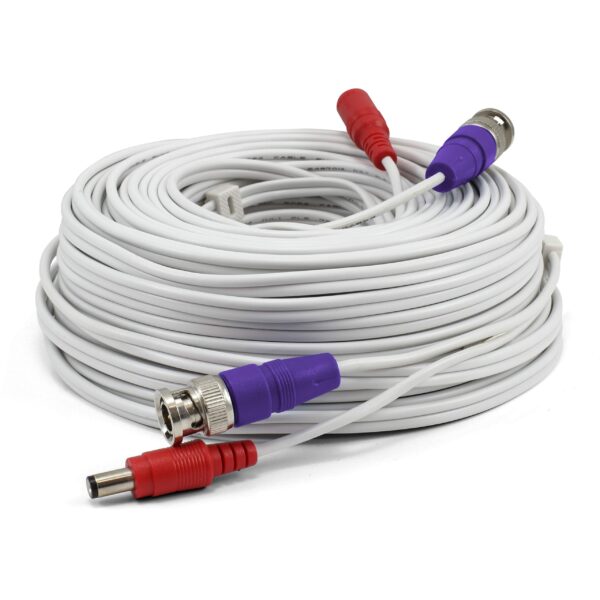
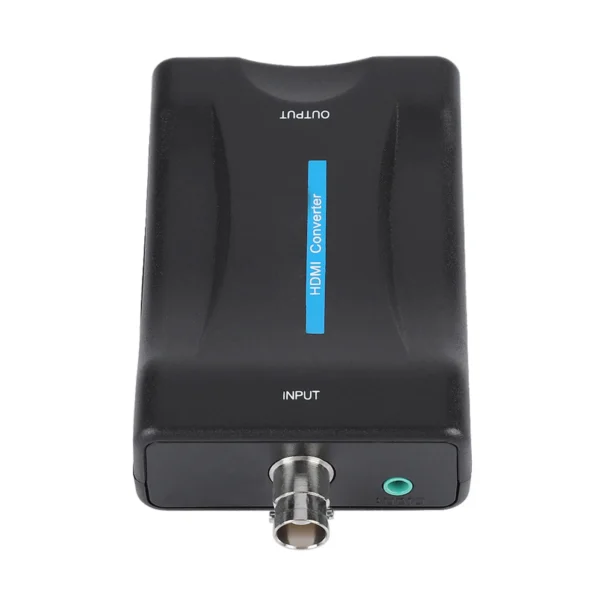
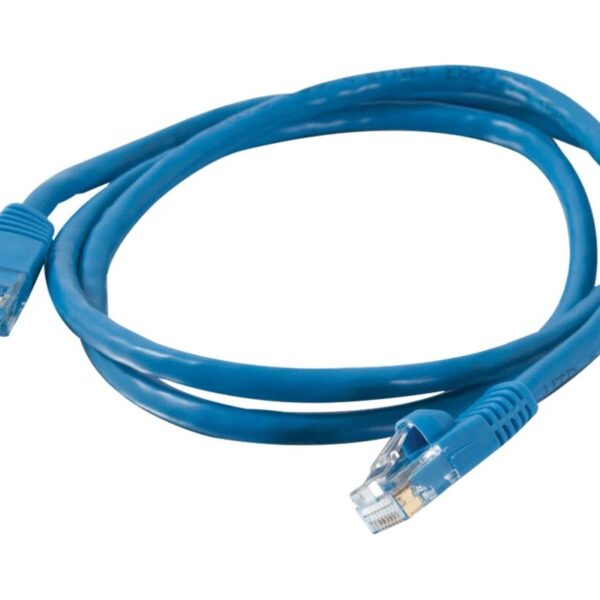
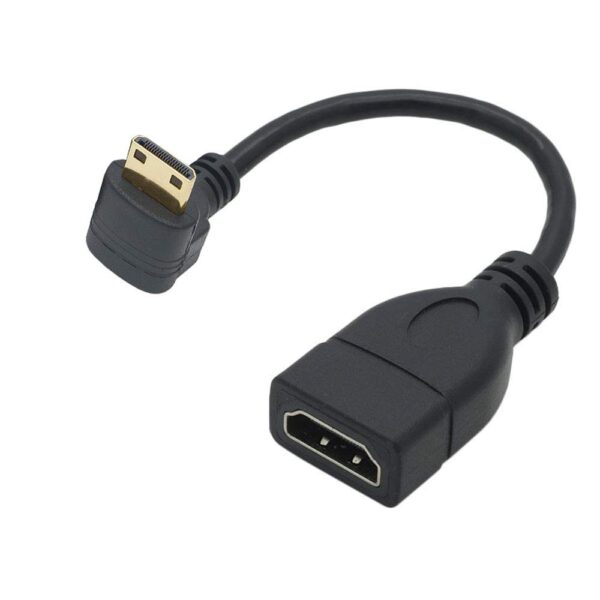


















Rating & Review
There are no reviews yet.